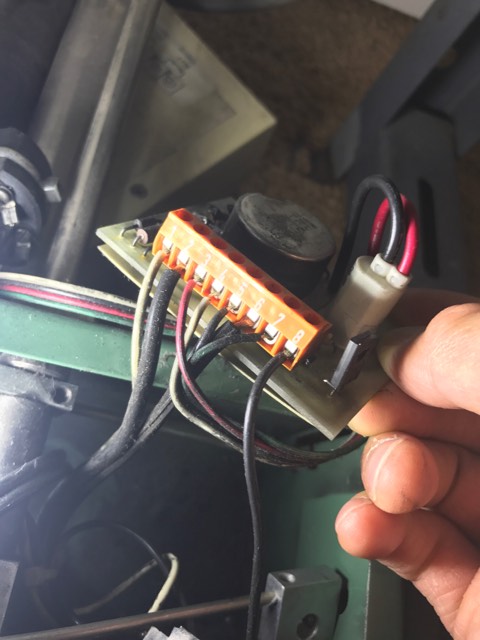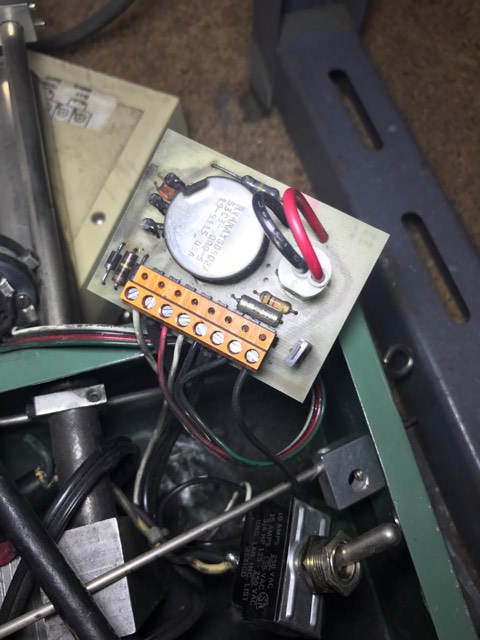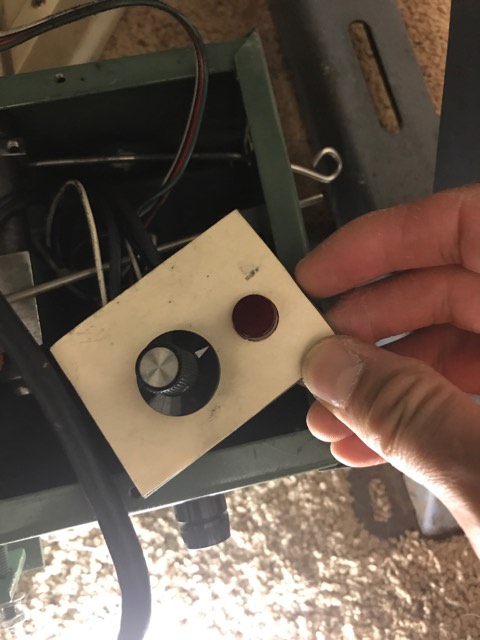hello all, sorry my first post is asking for help, but i have a question about a fabric feeder i have. it has a motor inside that says it is a 110v motor, but apparently the unit itself has been wired for 220v, and it has the option of being wired for 110v, but reaching out to the company hasnt helped (it is an Amspak Movatex feeder)
i was wondering if anyone here could help me understand the main board, and how it is able to be wired for 220v and 110v. there isnt much on the board itself (pic below) but i am not sure where to start
pic one:
#2 and #6 are power wires
#1 goes to the power switch
#8 goes to the fuse
#3,4,5 &7 go to a rotational lever type thing ( i dont know what it is called exactly)


front side of panel:

any ideas where i can start looking to figure out how this works and switch it to 110v would be greatly appreciated
i was wondering if anyone here could help me understand the main board, and how it is able to be wired for 220v and 110v. there isnt much on the board itself (pic below) but i am not sure where to start
pic one:
#2 and #6 are power wires
#1 goes to the power switch
#8 goes to the fuse
#3,4,5 &7 go to a rotational lever type thing ( i dont know what it is called exactly)


front side of panel:

any ideas where i can start looking to figure out how this works and switch it to 110v would be greatly appreciated


















